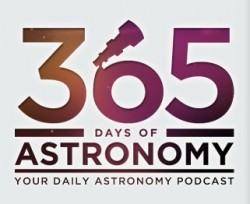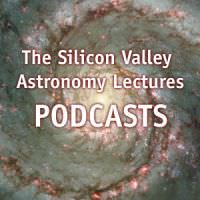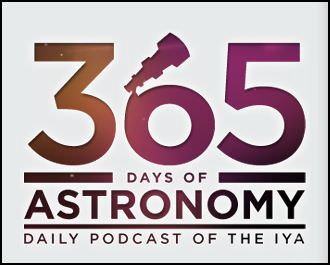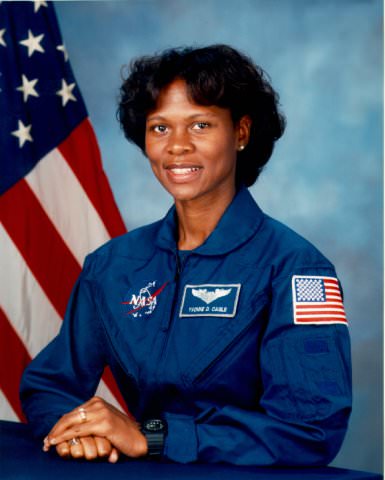We just received a note from Andrew Franknoi and the Astronomical Society of the Pacific that they are making available, free of charge, 30 audio and video podcasts from talks given by distinguished astronomers on the latest ideas and discoveries in the field. Speakers include:
* Frank Drake, who began the experimental search for intelligent life among the stars,
* Mike Brown, who discovered most of the dwarf planets beyond Pluto (and whose humorous talk is entitled “How I Killed Pluto and Why it Had it Coming”),
* Natalie Batalha, project scientists on the Kepler Mission to find Earths around other stars,
* Alex Filippenko (national professor of the year) on finding black holes.
Recent topics added to the offerings include: multiple universes, Saturn’s moon Titan (with an atmosphere, rivers, and lakes), our explosive Sun, and whether we should expect doomsday in 2012.
The talks are part of the Silicon Valley Astronomy Lectures, jointly sponsored by NASA’s Ames Research Center, the Astronomical Society of the Pacific, the SETI Institute, and Foothill College.
They are available via the web and ITunes. For a complete list and to begin listening, go to:
http://www.astrosociety.org/education/podcast/












